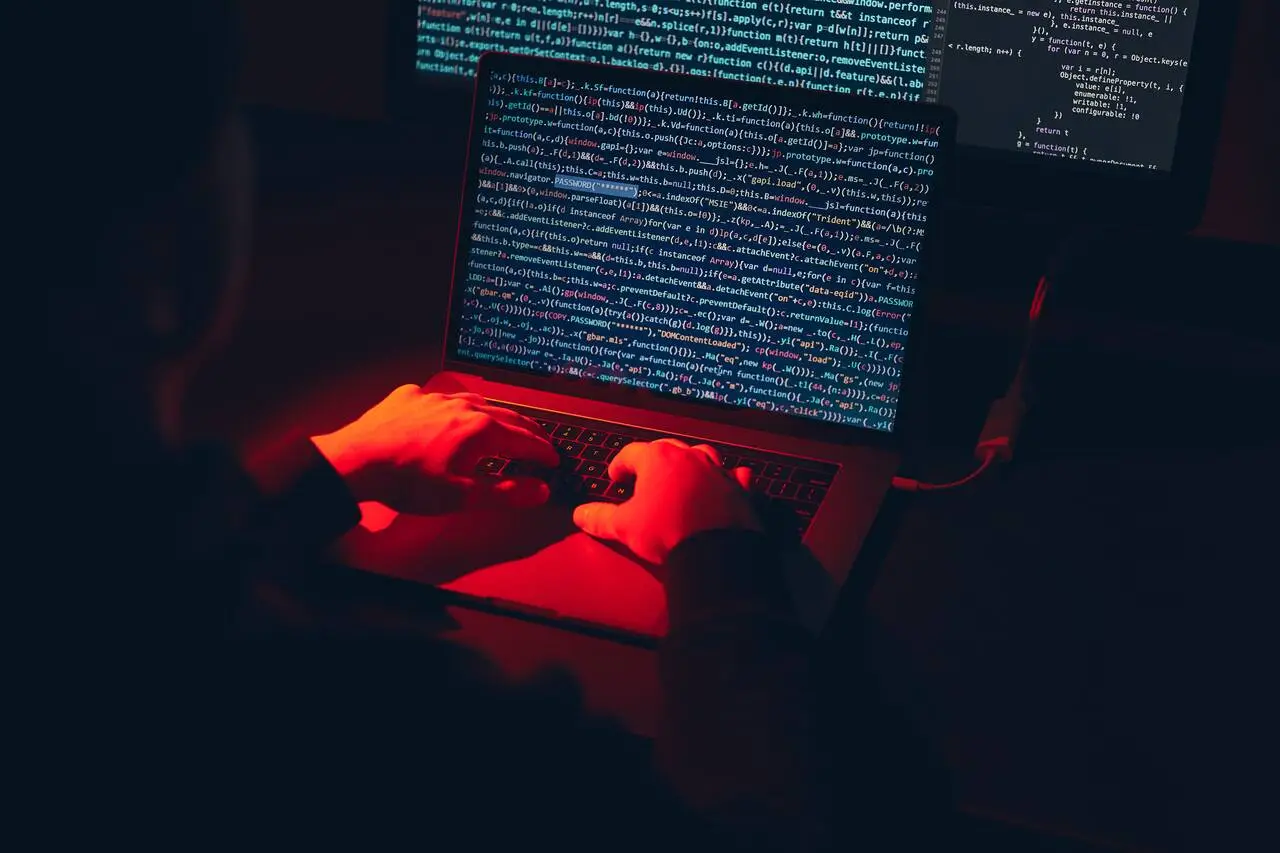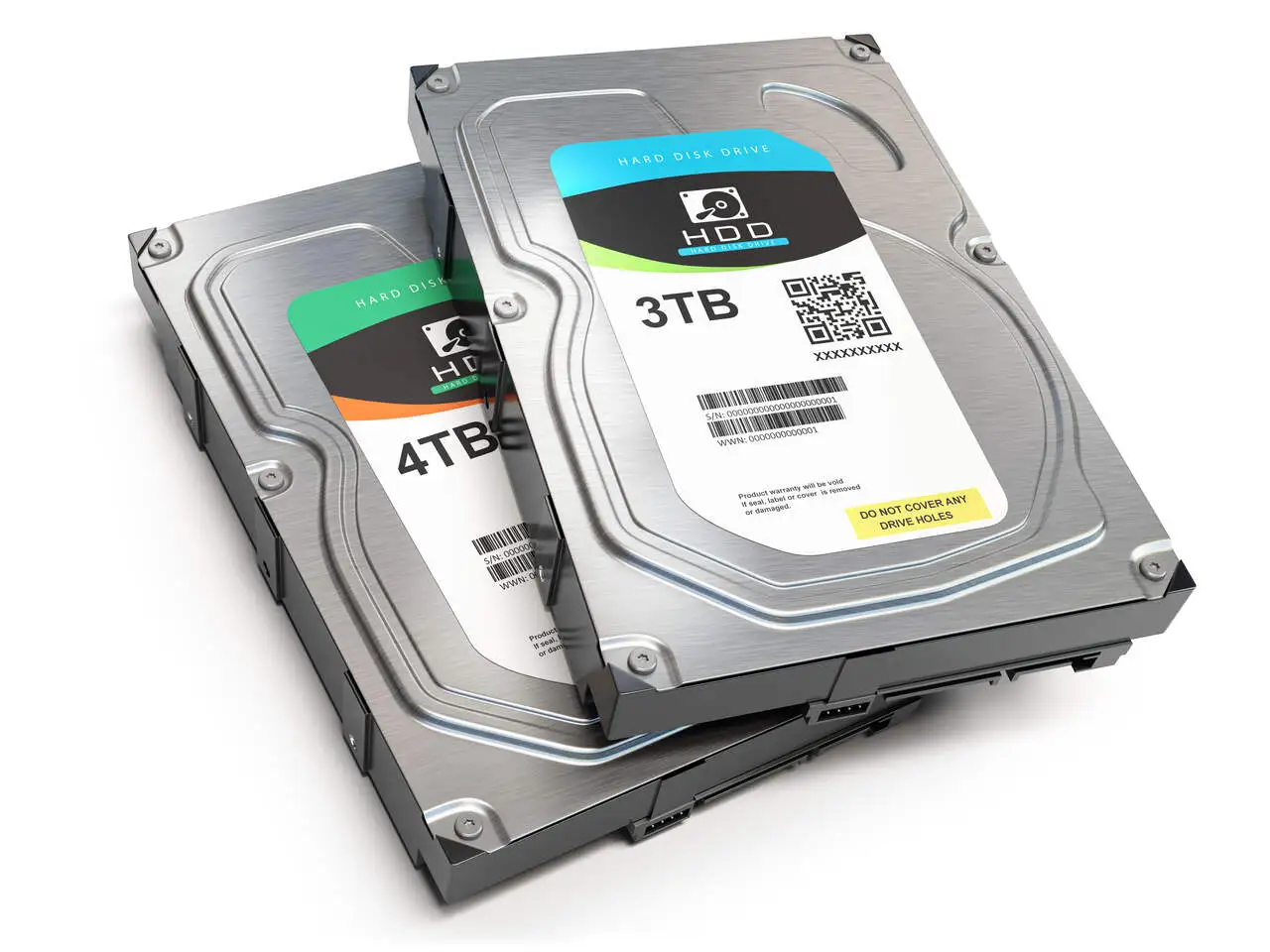Decriptare i file dal ransomware KalajaTomorr
Possiamo recuperare i dati criptati dalla maggior parte delle estensioni di ransomware su qualsiasi dispositivo di archiviazione
- VMware ESXi
- Microsoft Hyper-V
- Microsoft SQL Server
- Firebird
- Oracle
- VMware ESXi
- Microsoft Hyper-V
- Microsoft SQL Server
- Firebird
- Oracle

SERVIZI IN TUTTO IL MONDO
CASI DI ATTACCO LOCKBIT
CASI DI ATTACCO BLACKCAT
CASI DI ATTACCO DI HIVE LEAKS
CASI DI ATTACCO DI MALLOX
CIFRA RISPARMIATA SENZA TRATTATIVA CON GLI HACKER
Decriptare i file dal ransomware KalajaTomorr
Abbiamo sviluppato soluzioni esclusive che consentono di recuperare i file crittografati da KalajaTomorr, rendendo possibile ciò che una volta sembrava impossibile.
Di fronte a un evento così disastroso, si possono fare poche cose, soprattutto se i backup sono stati compromessi o non sono aggiornati. Il numero di imprese fallite dopo aver subito un attacco e aver i dati criptati ha raggiunto cifre da capogiro.
In molti casi di KalajaTomorr, anche dopo il pagamento del riscatto, la chiave di decrittazione non viene inviata dai criminali; in questi casi non c’è un’autorità superiore a cui rivolgersi.
La Digital Recovery si presenta sul mercato con soluzioni in grado di decriptare i file colpiti da Ransomware. Abbiamo un numero elevato di casi di ransomware KalajaTomorr risolti con successo negli ultimi anni.
Perché la Digital Recovery?
Con più di 23 anni di esperienza, abbiamo acquisito una vasta base di clienti soddisfatti in tutto il mondo. Offriamo soluzioni di decriptazione dei file colpiti da ransomware che possono essere eseguite da remoto, e il nostro servizio clienti multilingue è a disposizione dei nostri clienti in qualsiasi momento.
Con l’aumento degli attacchi ransomware KalajaTomorr nel mondo, ci siamo specializzati nella decrittazione dei ransomware. Abbiamo sviluppato una soluzione unica che può essere applicata alla stragrande maggioranza dei dispositivi di archiviazione, che si tratti di macchine virtuali, sistemi RAID, storage (NAS, DAS, SAN), database, server e altro.
I nostri specialisti sono altamente qualificati e utilizzano le ultime tecnologie nel mercato del recupero dati, la principale delle quali è TRACER, la nostra tecnologia che ci ha permesso di ottenere tantissimi casi di successo nella decrittazione dei file ransomware KalajaTomorr.
Offriamo una diagnosi avanzata che ci permetterà di capire l’entità dell’attacco, questa prima diagnosi può essere fatta entro le prime 24 ore lavorative. Dopo questo processo, forniamo l’accordo commerciale e, una volta accettato, iniziamo il processo di decriptazione dei file.
Tutte le nostre soluzioni sono supportate dal Regolamento generale sulla protezione dei dati (GDPR), grazie alla quale offriamo una sicurezza totale ai nostri clienti. Forniamo anche un accordo di riservatezza (NDA) sviluppato dal nostro ufficio legale, ma se vi sentite più a vostro agio nel fornire un NDA sviluppato dalla vostra azienda, siamo aperti ad analizzarlo e accettarlo, se necessario.
Siamo
sempre online
Compila il modulo o seleziona la forma di contatto che preferisci. Ti contatteremo per iniziare a recuperare i tuoi file.
Storie di successo
Cosa dicono di noi i nostri clienti
"Abbiamo avuto un grave problema dopo un'interruzione di corrente di un server NAS in Raid 5. Ho contattato immediatamente DIGITAL RECOVERY. Dopo alcuni giorni di duro lavoro il problema è stato risolto."

"Uno dei nostri server raid si era fermato. Dopo vari tentativi senza risolvere il problema abbiamo trovato DIGITAL RECOVERY e 5 ore dopo, alle 4 del mattino, i dati sono stati recuperati."

"Abbiamo incaricato DIGITAL RECOVERY di un caso particolare (di perdita di dati) in uno storage raid 5. Digital Recovery ha recuperato i 32 milioni di file del cliente lasciandolo estremamente soddisfatto."

"Senza dubbio la migliore azienda di recupero dati dell'America Latina. Il contatto Digital Recovery sarà sempre salvato sul mio telefono, perché inevitabilmente ne avrò di nuovo bisogno."

"La qualità del servizio è eccellente. L'attenzione al servizio clienti è gratificante e il feedback che riceviamo ci rassicura sulla fiducia nel lavoro e nella dedizione."

Cliente dal 2017
"Ottima azienda, mi hanno salvato da un grosso problema! Consiglio, servizio veloce, i miei ringraziamenti al team di Digital Recovery per l'attenzione e la rapida soluzione del problema! Mostra"

"È la seconda volta che conto con l'agilità e la professionalità del team di Digital Recovery, sono molto esperti e agili. Raccomando a tutti"

"Mi hanno aiutato a recuperare alcuni dati che pensavo fossero andati persi. Ho avuto un'ottima esperienza con il team per la sua calma, agilità e trasparenza."










Le risposte dei nostri esperti
Il recupero dei file ransomware KalajaTomorr è possibile solo perché abbiamo sviluppato una tecnologia proprietaria che ci permette di individuare i file criptati e di ricostruirli, in molti casi. Questo processo richiede la conoscenza del dispositivo di archiviazione che è stato colpito, senza la quale i file possono essere danneggiati; se ciò accade, il recupero non è possibile. I nostri esperti hanno una conoscenza approfondita di tutti i principali dispositivi di archiviazione, quali: sistemi RAID, storage (NAS, DAS, SAN), database, server, macchine virtuali e altri.
Come scegliere un'azienda per decriptare i miei dati colpiti da KalajaTomorr?
Poche aziende al mondo sono in grado di decriptare i file ransomware KalajaTomorr, quindi le informazioni su questa possibilità sono scarse, al punto che molti credono che il recupero sia impossibile. Inoltre, ci sono molte informazioni errate che affermano che la decrittazione non è possibile.
E in mezzo a tutto questo ci sono aziende serie che hanno sviluppato queste soluzioni, come la Digital Recovery.
Le informazioni su questi processi e sui clienti sono riservate, quindi le testimonianze ufficiali sono scarse.
Alla luce di tutto ciò, è importante cercare aziende serie e con diversi anni di esperienza nel mercato del recupero dati, che mettano a disposizione del cliente un esperto con cui comunicare fin dal primo contatto.
Quanto costa il processo di decriptazione del ransomware KalajaTomorr?
Non è possibile affermare il prezzo del processo prima della diagnosi iniziale, solo con esso è possibile misurare la dimensione del danno causato dal ransomware KalajaTomorr e analizzare se la decriptazione è possibile o meno.
Dopo la diagnosi iniziale, viene fatta un’offerta economica e, una volta accettata, inizia il processo di recupero. Il pagamento viene effettuato solo dopo la convalida dei file recuperati, effettuata dal cliente stesso.
Negoziare con gli hacker di KalajaTomorr è una buona opzione?
I criminali che utilizzano ransomware mirano a causare panico e stress nella vittima, spingendola a contattarli per cercare di risolvere il problema. In questo stato di ansia, la vittima potrebbe acconsentire al pagamento del riscatto.
Per questo motivo, è importante non cedere alla pressione e non contattare i criminali. Al contrario, è consigliabile rivolgersi a professionisti specializzati nel settore del recupero dati, che possano analizzare l’attacco KalajaTomorr e valutare le opzioni di ripristino. In questo modo, la vittima può prendere decisioni consapevoli sulla gestione dell’attacco e ridurre al minimo il rischio di perdere definitivamente i propri dati.
Gli ultimi approfondimenti dei nostri esperti

La perdita di dati, un rischio reale e presente!
La perdita di dati è un problema critico che colpisce individui, aziende e organizzazioni di tutte le dimensioni e può avere conseguenze devastanti, dalla perdita

Che cos’è un attacco zero-day?
Un attacco zero-day è un tipo di minaccia informatica che sfrutta una vulnerabilità del software sconosciuta agli sviluppatori o ai produttori del software in questione.

I migliori marchi HD
Quando si parla delle migliori marche di dischi rigidi, è importante considerare vari aspetti come l’affidabilità, le prestazioni, la capacità di archiviazione e il rapporto
Cosa c'è da sapere
Come prevenire un attacco ransomware KalajaTomorr?
Ci sono alcune precauzioni che si possono prendere per prevenire un attacco ransomware KalajaTomorr, tra cui:
- Mantenere il sistema operativo e i software aggiornati: i produttori rilasciano costantemente aggiornamenti di sicurezza che correggono eventuali vulnerabilità presenti.
- Utilizzare software antivirus e firewall: questi strumenti possono aiutare a rilevare e prevenire gli attacchi ransomware.
- Fare attenzione ai messaggi di posta elettronica: non aprire allegati o cliccare su link sospetti provenienti da mittenti sconosciuti.
- Effettuare il backup dei dati: è importante creare regolarmente una copia dei dati importanti in modo che, in caso di attacco ransomware, sia possibile recuperare i file senza dover pagare il riscatto.
- Formazione dei dipendenti: è importante che tutti i dipendenti siano a conoscenza dei rischi e siano formati per evitare di cadere in trappola, ad esempio, evitando di aprire allegati sospetti o cliccare su link sconosciuti.
Prendere queste precauzioni può aiutare a ridurre il rischio di attacchi ransomware KalajaTomorr, ma è importante ricordare che nessuna soluzione è completamente sicura e che è sempre possibile essere colpiti da un attacco. In caso di attacco ransomware, è importante agire rapidamente e rivolgersi a professionisti del settore.
Qual è il mezzo di accesso più comunemente utilizzato dagli hacker di KalajaTomorr per introdursi negli ambienti?
Esistono diverse strategie utilizzate dai criminali, le principali sono: Download di file infetti, link dannosi, attacchi via RDP, Phishing, campagne di e-mail di spam, tra gli altri.
Tutti hanno la stessa intenzione, quella di accedere al sistema della vittima senza che questa se ne accorga. Per farlo, il ransomware si mimetizza nel sistema in modo da non essere rilevato dai sistemi di difesa.
Nelle tattiche che dipendono dall’azione di un utente, vengono applicate tattiche di phishing in modo che la vittima scarichi inconsapevolmente il ransomware KalajaTomorr nel sistema.
Esiste un comportamento del mio server che posso analizzare per sapere se sono stato attaccato da un Ransomware KalajaTomorr?
L’elevato consumo di elaborazione, memoria e accesso al disco sono comportamenti sospetti che devono essere attentamente analizzati per valutare se è in corso un attacco.
Poiché il ransomware KalajaTomorr utilizza le risorse della macchina per eseguire l’esfiltrazione, vengono applicate tattiche di doppia estorsione e crittografia dei dati. Ciò richiede l’utilizzo delle risorse della macchina.
È anche possibile rilevare l’attacco KalajaTomorr dalle modifiche apportate alle estensioni dei file; questo tipo di rilevamento è un po’ più complesso perché il processo di cifratura è già iniziato.
Cosa succede se non pago il riscatto a KalajaTomorr?
I dati rimarranno criptati, sarà necessario formattare il computer interessato. In questo modo tutti i dati memorizzati andranno persi.
Ma nei casi in cui il gruppo KalajaTomorr utilizza la doppia tattica di estorsione, copiando ed estraendo tutti i file e crittografando i dati originali, i file rubati saranno pubblicati sul sito web del gruppo o sui forum del Dark Web e tutti i dati originali rimarranno crittografati sul dispositivo interessato, richiedendo la formattazione del dispositivo.



